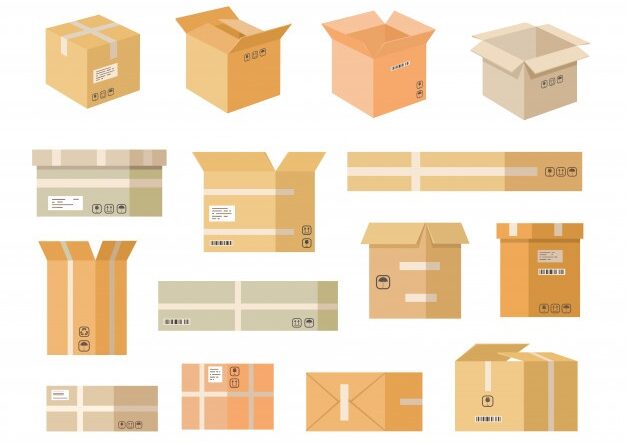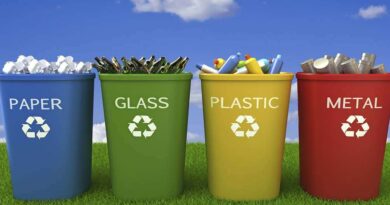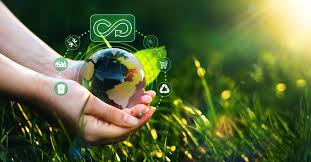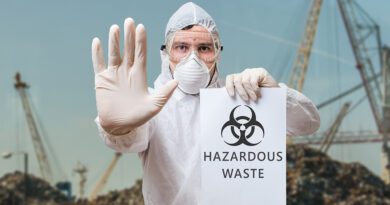How to Properly Dispose your Cardboard Wastes
The best way to properly dispose your cardboard wastes is through cardboard recycling. Cardboard recycling can simply be described as the process of recycling, repurposing, or reusing cardboard wastes through alternative measures.
Below are the processes you can use to properly recycle your cardboard wastes at any cardboard recycling near me / you.
The first step in recycling cardboard is to isolate it from other papers, such as office paper and newspapers. The cardboard is then baled and sent to a mill, cut into small pieces, and put in a pulping machine to introduce water or chemicals and break them down into fibers.
In this article, we are going to be showing you how to properly dispose your waste cardboard. The following are some vital steps;
STEP 1
Gather your cardboard boxes into piles.
STEP 2
Ensure to remove any plastics, papers, or decals that are inside your small cardboard boxes or large cardboard boxes.
STEP 3
Flatten your cardboard boxes for pick-up. You may be required to cut your boxes to size and tie them into bundles for easy handling. Flatten by hand, never use your feet to fold the box flat.
STEP 4
Place your cardboard boxes outside for collection by the division that picks up garbage and recycling in your area.
STEP 5
Place the cardboard boxes next to your bin, but not inside.
Read Also: Copper Recycling Process Complete Beginners Guide
Recycling cardboard is not simple for everyone but the recycling process can be quite confusing.
Some people have designated recycling bins or areas to dispose their cardboard, but others don’t share this luxury, let alone instructions from the local authorities explaining how to recycle properly.
Several ways highlight the importance of recycling cardboard.
When one ton of cardboard is recycled, it effectively eliminates nine Cubic yards of landfills. Recycled cardboard also saves 24% of the energy needed to produce virgin cardboard.
There are two main primary types of cardboard which are corrugated cardboard and paperboard.
Corrugated cardboard is what is typically used for the boxes that are sent through the mail.
According to the American forest and paper association, Old Corrugated Cardboard/Containers (OCC), which is a recycling industry term referring to used corrugated cardboard which had an incredibly high recovery rate of 96.4% in the year 2018.
Paperboard which is also known as chipboard is commonly used to produce containers for food and consumer goods, such as shoe boxes or cereal boxes, which is made of just a single layer or grayish paper material.
Read Also: The Solution to Plastic Wastes Effect on Our Environment
How to Recycle Cardboard Wastes – Complete Beginners Guide

To follow the cardboard recycling process, it is vital to know how to prepare the boxes and where to dispose of them.
The first step is to break down the boxes with the use of a box cutter, knife, scissors, or any other sharp object to cut off any material holding the boxes together to avoid them from collapsing. This will enable the boxes to easily collapse.
Check to make sure there are no packaging materials, like plastic, left in the box and then flatten it completely. While you can remove the packaging labels yourself, most recycling centres will remove them, so no need to worry about that.
If the cardboard waste comes into contact with liquid or any other contaminants, cut that part out before you recycle it.
You will have to cut and fold them to ensure you can squeeze all of the boxes into the recycling container.
Next, the cardboard boxes are then separated, baled, and sent to a mill, where it’s shredded into small pieces using water and chemicals, a pulping machine will soften and breaks down the cardboard into fibres.
The remaining ink and tape are filtered out of the pulp while the paper fiber’s bond together. Before it can be manufactured, the pulp is mixed with water once again and then pressed, stirred to create the right consistency.
Once the mixing process is complete, these fibres are rolled and dried out, resulting in huge reels of brown paper that can be utilized to create new products.
The first thing you have to do is to break down the cardboard items into a smaller piece to ensure it decomposes. Soaking it in water could help speed up the process.
However, if you have already broken down your cardboard, do not worry there is an endless amount of inventive ways to reuse those materials.
Read Also: Complete List of Foods that are High in Zinc
Below are a few of the different ways to reuse your cardboard waste items:
* Used to make a drawer divider for better organization
* Converted into a cat playground
* Put them on the floor for protection while you paint or remodel the house
* Reused for shipping purposes
* Stored in the garage for later use
There’s no need to waste used cardboard when you can simply recycle them or reuse the cardboard for other relevant purposes instead.
Whether you are planning to leave those boxes curbside or rely on them for your next big move, think twice before you discard these highly recyclable materials.
Cardboard is recyclable and should be recycled by consumers, businesses, and institutions.
The EPA estimates that 24.1 million tons of corrugated cardboard are discarded each year.
Fortunately, the vast majority of that cardboard is as much as 91 recycled. Thus, cardboard is one of the easiest materials in the world to recycle.
Read Also: Food Poisoning: Types, Symptoms, & Treatment
Here are some tips for recycling cardboard in the most efficient way possible.
1. Keep it dry: Once cardboard gets wet or saturated, it becomes extremely difficult, if not altogether impossible to recycle, so try to keep it as dry as possible.
2. Break the cardboards down to flatten cardboard boxes. This will conserve space in recycling containers and will be easier to transport. On the flip side, failing to break down boxes can present complications for the actual cardboard recycling machinery.
3. Remove plastic and other contaminants: Be sure you remove plastic, polystyrene, and other contaminants from your cardboard before recycling them. While you’re certainly welcome to remove any tape or labels that may appear on your cardboard, they can be removed easily at recycling facilities.
4. Establish a system: Have a system in place to collect cardboard quickly and efficiently before it becomes trash.
5. Store responsibly: Once collected, place all cardboard waste in a closed- topped recycling bin and store these bins in a clean, dry place.
6. Store strategically: Any cardboard that contains grease and other contaminants cannot be recycled, so, therefore, next time your boss buys pizza for the staff, avoid combining those greasy boxes with dry and non-contaminated cardboard.
7. It’s not just grease: Food is one of the worst contaminants in the cardboard recycling process, especially when that food involves oil.
8. Make use of a cardboard baler: A cardboard baler is another cost-effective way to compact large quantities of cardboard and can be cheaper and more environmentally friendly than a traditional dumpster.
9. Use it as transport: If you have other recyclables newspapers, glass, and plastic. Use cardboard boxes to transport them to the nearest drop-off centre.
Then you can recycle the boxes assuming you keep them dry and flatten them.
10. Take it outside: Cardboard can serve in a variety of gardening and compost capacities.
There are many ways that you can recycle cardboard. Throwing cardboard into the flames might seem not harmful or effective but burning cardboard is just as dangerous as burning plastic.
Read Also: How to Make Money from Metal Recycling Products
Do you have more questions or other forms of contributions? kindly use the comment box below to share your thoughts.
You are also encouraged to kindly share this information with those you feel can benefit from this article as we cannot reach everyone at the same time. Thank you for sharing!




Thanks for the reminder that proper storage is an important thing to consider when it comes to dealing with corrugated cardboard waste. I’d like to look for a corrugated cardboard waste buyer soon because I’m planning to start decluttering my storage room soon. There are a lot of old boxes in there because I have been buying a lot of stuff online in the past two years.
Thank you so much and glad you find the article useful